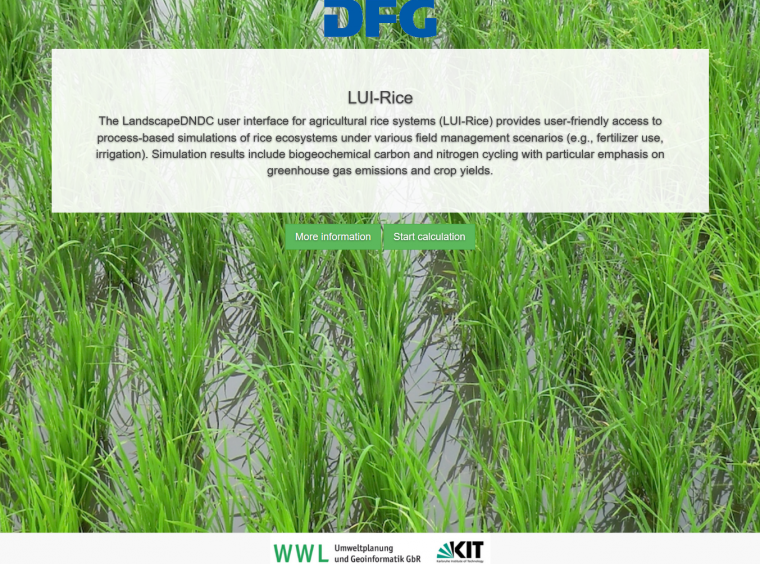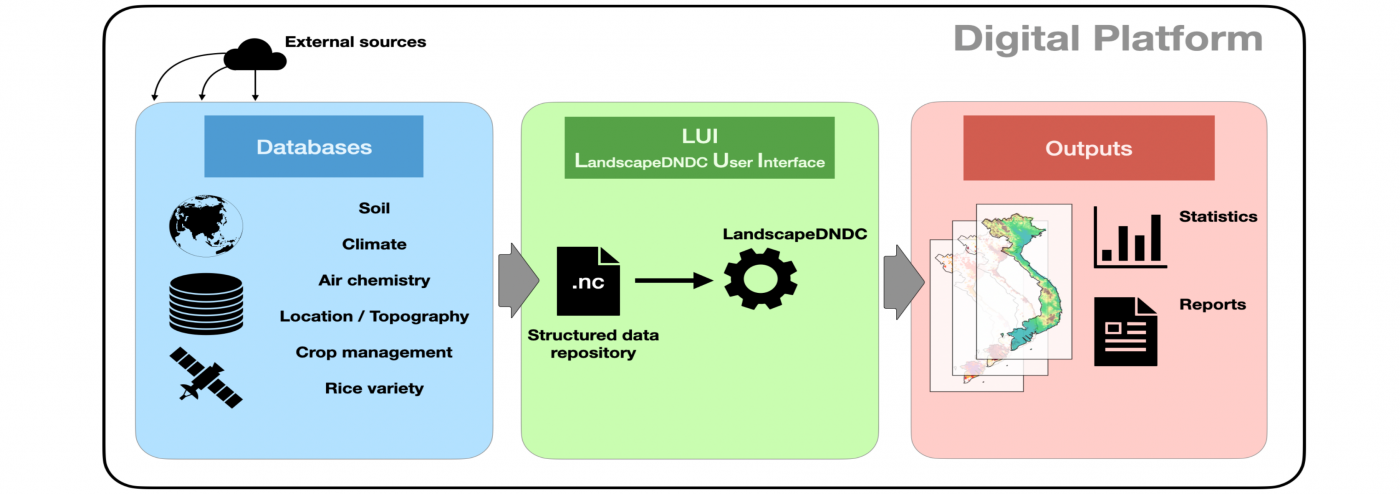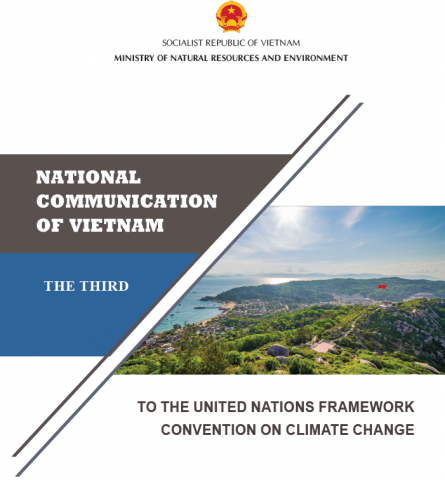
Project activities
In the initial year of the project, the project team focused on the major activities
1. Development of a beta version of the LandscapeDNDC User Interface for agricultural rice systems (https://dss.susalps.de/rice2/) alongside data compilation
The newly developed beta version of the “LandscapeDNDC User Interface for agricultural rice systems” (LUI-Rice) provides user-friendly access to process-based simulations of rice systems under various field management scenarios. While this version incorporates the basic functionalities of the intended GUI at the site scale, the extrapolation of emission estimates at the national scale still has to be developed. Likewise, the compilation of relevant data for both model validation and GHG regionalization started in the first project year but is still a work in progress.
2. Interaction with Vietnamese stakeholders
the project team organized a kick-off meeting in Hanoi (27/ 28 Sept. 2022) to introduce the project to stakeholders based in Vietnam and discussed project collaboration and implementation with them. The meeting helped identify challenges of project implementation and the demands of the stakeholders on model/software GUI. Per stakeholders’ requests, we proposed training modeling skills for local partners (i.e., IAE) and collaborating with them for data collection. We developed a strategy for project implementation as testing the model application for sites to scale up the application for the entire Thai Binh and then Vietnam. The workshop was followed by a 1-d planning meeting at IAE to discuss further details of the cooperation under the project framework.
In the months ensuing the workshop, Dr. Tanh Nguyen presented the project in several meetings in Southeast Asia. This included an invited presentation on “Improving Mitigation Assessments for Vietnamese Rice Production through a Digital Platform” for the International Rice Research Institute IRRI (24 October 2022, online) to introduce the principles of data digitalizing approach for the mitigation assessment. Dr. Nguyen also introduced LandscapeDNDC to Vietwater Expo on 8-11 Nov 2022 at Ho Chi Minh City. Finally, Dr. Nguyen the fundamentals of LandscapeDNDC at a meeting of the Asian Institute of Technology (9-10 March 2023, Bangkok, Thailand) to enhance the knowledge of participants from Thailand, Cambodia, Myanmar, Bangladesh, India, and Vietnam.
3. Case study for one Vietnamese province
As agreed in the planning meeting, Dr. Tanh Nguyen is presently conducting a GHG assessment at the scale of one province jointly with a staff member from IAE who will join KIT as a Ph.D. scholar. This work included field visits to Thai Binh Province as well as training sessions on LandscapeDNDC model. This case study currently encompasses three measurement sites in Thai Binh for model validation.

